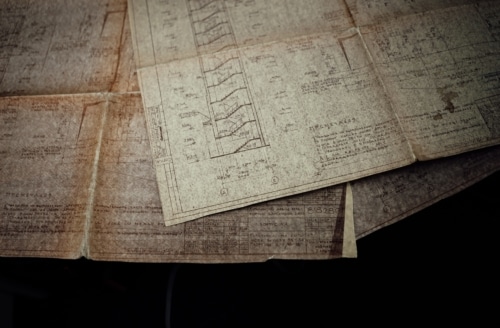Then have them make a sanctuary for me, and I will dwell among them. Make this tabernacle and all its furnishings exactly like the pattern I will show you.
Exodus 25:8-9 NIV
When Israel was at Sinai, Moses spent 40 days on the mountain with God. And while there, God gave him instructions to build a sanctuary. A holy place for God to dwell among them. And Moses was instructed to make this tabernacle and its furnishing exactly like the pattern he was shown.
It is easy to read this 25th chapter of Exodus and try to imagine what the tabernacle’s furnishings might have looked like. I know I certainly do each time I read it. But is it their physical appearance that is important? Or what they represent?
Tabernacle Furnishings
The ark is a gold-clad chest. And in it are the tablets of the covenant law (Ex. 26:16). The two stone tablets with the 10 Commandments inscribed on them. Does the ark represent the human heart that will someday contain God’s covenant laws (Jer. 31:33, Heb. 8:10)?
Over the ark is the Atonement Cover. It is made of pure gold with a pair of cherubim on top; wings spread to overshadow the cover. And it is there that God would meet with Moses and instruct him (Ex. 25:22). The Atonement Cover was where the atoning blood was sprinkled. But does it also represent where I can meet with God and hear him speaking to me?
A table was built and covered with gold. This table was to hold the bread of the Presence (Ex. 25:30). In John 6:35, Jesus identifies himself as the bread of Life. Does this table somehow represent Jesus in the sanctuary?
The last article within the tabernacle was a lampstand with seven lamps (Ex. 25:37). In Revelation 4:5, we see, before the throne of God, seven lamps, described as the seven spirits of God. Does this lampstand represent the Holy Spirit in the sanctuary?
God dwells in the believer (Jn. 14:23). And collectively, we are being built into a holy temple, a dwelling place for God (Eph. 2:21-22). So it would seem like the pattern for the tabernacle shown to Moses represented a greater reality (Heb. 9:1-5). God’s presence in the life of his people.

